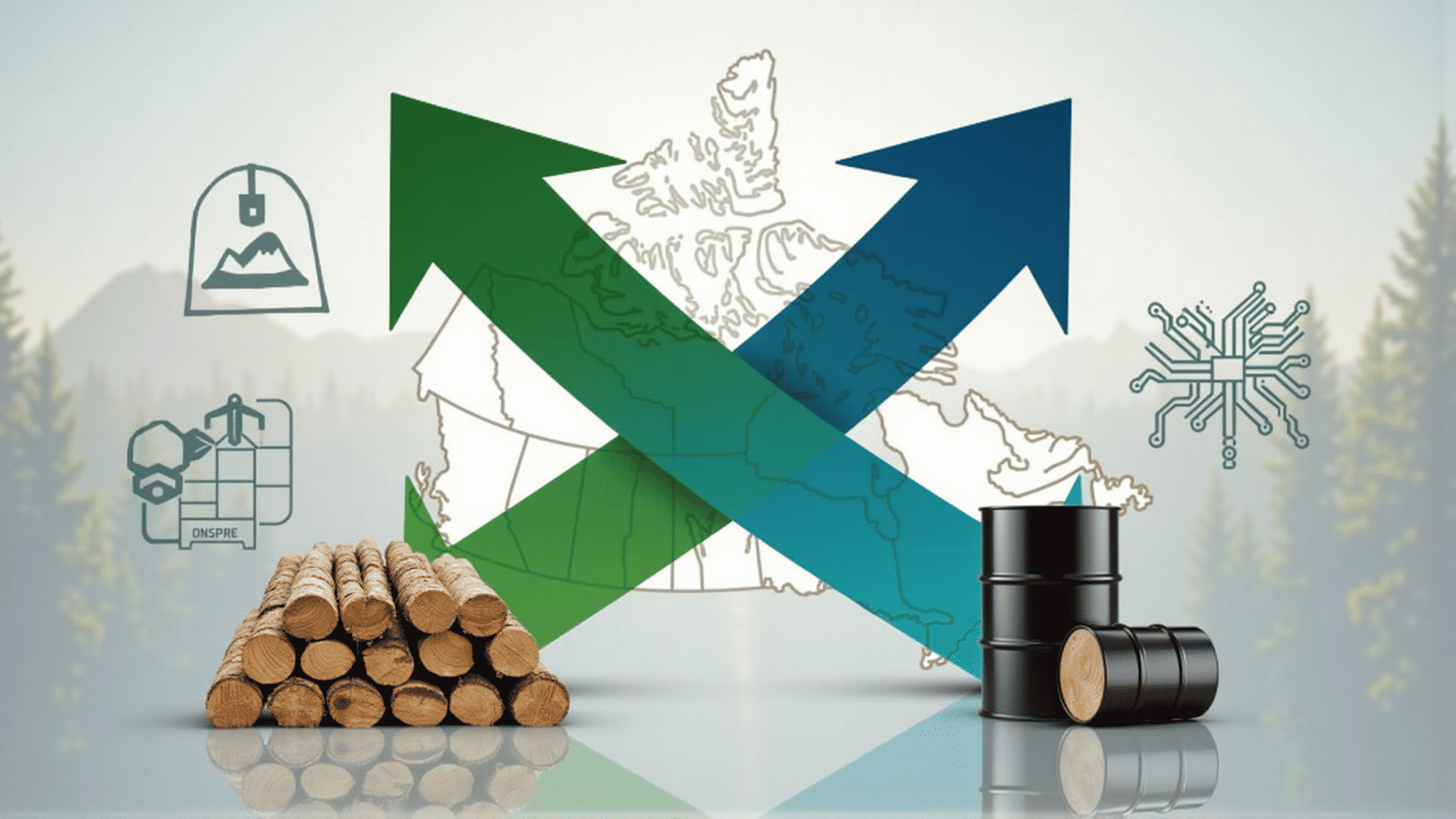Understanding the dynamics of supply and demand is essential when examining how various elements resonate across Canada’s economy. These forces play a crucial role in influencing the availability and pricing of goods and services and determining how resources are allocated across different industries.
In Canada, the balance between supply and demand is a fundamental driver of market equilibrium. When supply meets demand, markets achieve stability, allowing consumers to access goods and services at steady prices. However, shifts in either supply or demand can lead to fluctuations, impacting various sectors of the economy.
Influence on Pricing
One of the most immediate effects of supply and demand dynamics is their impact on pricing. When demand for a product increases and supply remains constant, prices tend to rise. This scenario often prompts businesses to increase production to capitalize on the heightened interest. Conversely, if supply outpaces demand, prices may decrease as sellers compete to attract buyers. This interplay ensures that prices reflect current market conditions, fostering an environment where resources are utilized efficiently.
For instance, the agriculture sector in Canada has experienced fluctuations due to changes in consumer preferences and global trade policies. Dramatic shifts in demand for specific crops can result in notable price adjustments, encouraging farmers to adapt their production strategies to align with market needs.
Resource Allocation across Industries
Supply and demand also guide how resources are distributed among industries. In Canada, this often results in shifts in labor, capital, and technology toward sectors exhibiting stronger demand signals. For example, the technology and renewable energy sectors have seen significant growth as demand for innovative solutions and sustainable practices increases. This attracts investment and talent to these areas, facilitating advancements that support the broader economic landscape.
Moreover, the energy sector in Canada has been dynamically shaped by supply and demand considerations. With global emphasis on cleaner energy, there has been a noticeable shift towards investing in renewable energy sources. This transition reflects changing consumer preferences and the country’s commitment to reducing carbon emissions, illustrating how supply and demand dynamics can lead to transformative change within an industry.
Addressing Market Challenges
While supply and demand drive economic activities, they also present challenges. Volatility in global markets, trade disruptions, and environmental factors can introduce uncertainties that influence both supply and demand. Canadian industries must adeptly navigate these challenges to maintain equilibrium and ensure sustainable growth.
Policy interventions can play a role in stabilizing markets. Government initiatives aimed at supporting key industries, regulating fair competition, and encouraging sustainable practices can mitigate some of the adverse effects stemming from volatile supply and demand conditions. By fostering resilience within the economy, these measures help sustain long-term prosperity.
In conclusion, the intricate web of supply and demand dynamics significantly impacts Canada’s economic framework. By understanding and effectively responding to these forces, industries can optimize resource allocation, maintain stable pricing, and foster innovation and growth. As Canada continues to navigate a complex global landscape, the principles of supply and demand remain central to achieving economic resilience and sustainability.
